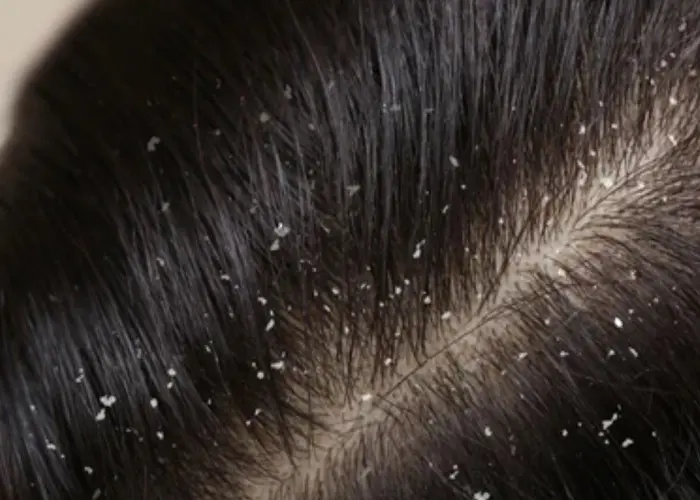 Welcome
Welcome
“May all be happy, may all be healed, may all be at peace and may no one ever suffer."
Scalp - Diseases
The scalp is the anatomical area of skin on the top of the head that covers the skull. It is made up of five layers of tissue, including skin, subcutaneous tissue, the epicranial aponeurosis (a tough fibrous layer of connective tissue), loose areolar tissue, and the pericranium (a layer of connective tissue that covers the skull).
The scalp contains numerous blood vessels and nerve endings, which provide sensations of touch, temperature, and pain. It is also covered with hair follicles, which produce hair that grows from the scalp.
The scalp serves several important functions, including protecting the skull from injury, regulating body temperature, and providing a barrier against environmental pollutants and pathogens.
Various conditions can affect the scalp, including dandruff, psoriasis, seborrheic dermatitis, scalp infections, and hair loss. Treatment options for these conditions may include medicated shampoos, topical or oral medications, and hair transplant surgery. Additionally, regular scalp care, such as washing and conditioning the hair, can help maintain scalp health and prevent certain scalp conditions.
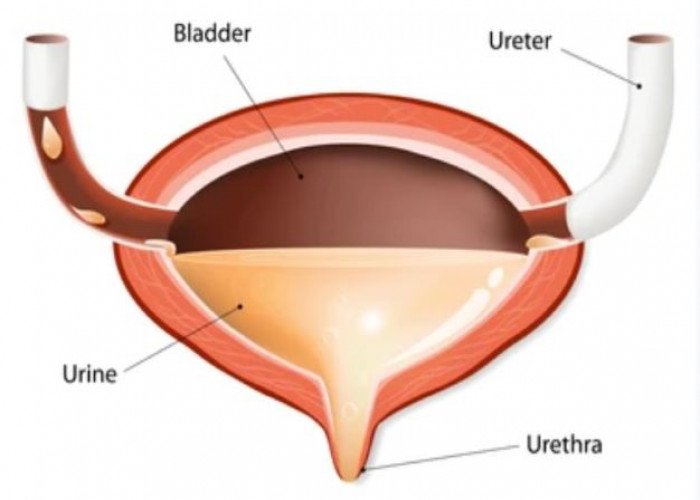
Urethra
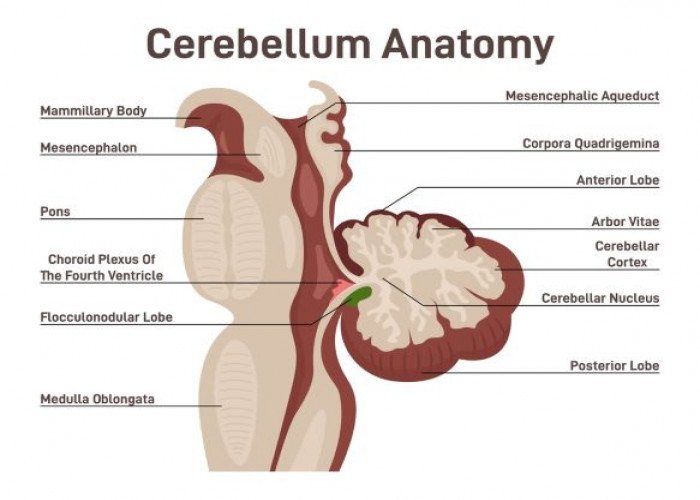
Cerebellum
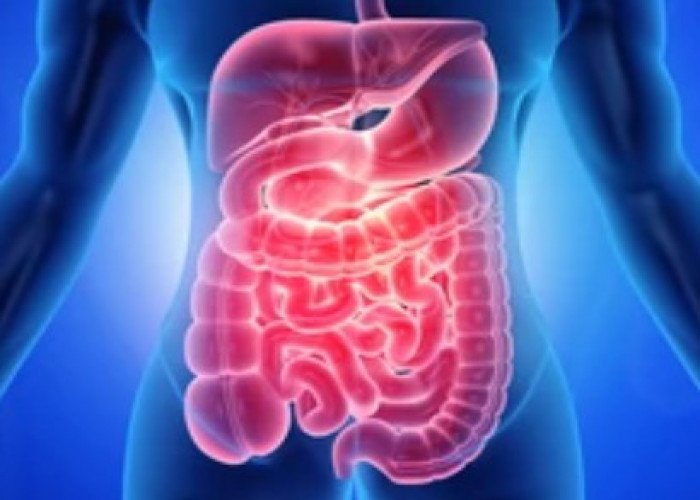
Colon

Rectum

Finger
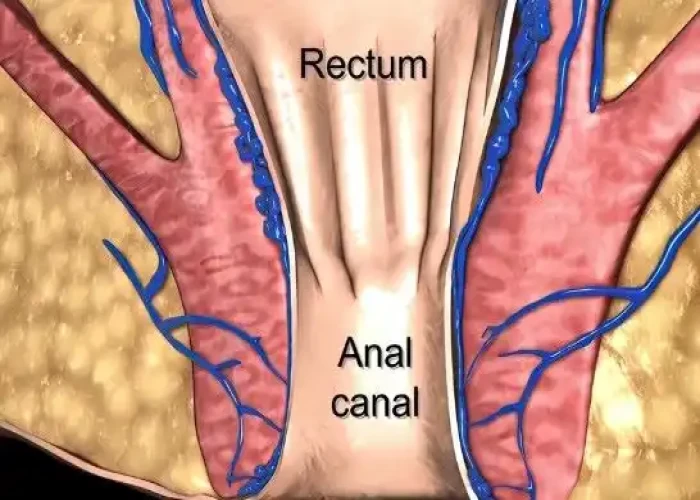
Anal canal

Brain
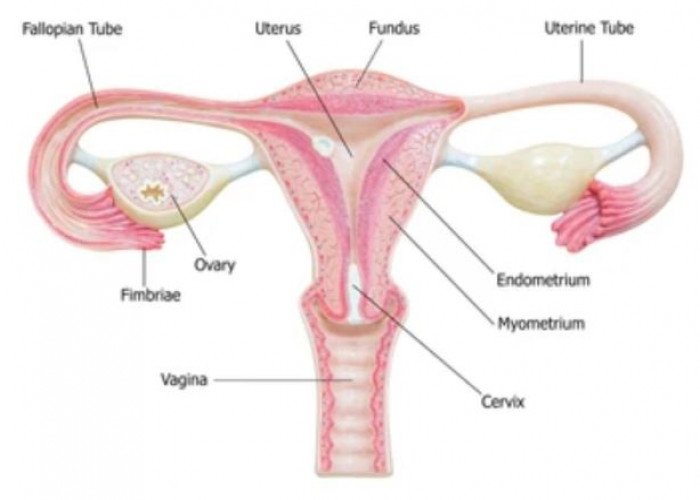
Ovaries
Scalp, মাথার খুলি
To be happy, beautiful, healthy, wealthy, hale and long-lived stay with DM3S.
